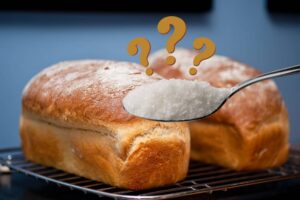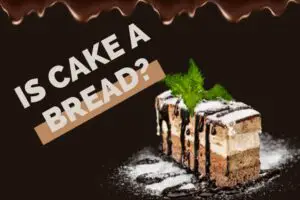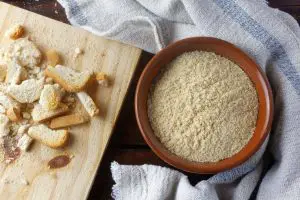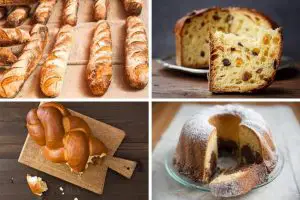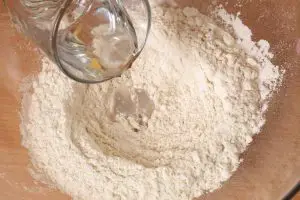There is nothing quite like biting into a piece of warm, homemade bread. It is especially satisfying when it is a loaf you baked on your own. Unfortunately, your bread may not always come out perfectly, especially if you’re a novice baker. You can encounter a variety of issues including raw or undercooked dough, burnt bread, and most commonly, pale bread. If you are having this issue and can’t seem to find a solution for it, keep reading to learn more about why your bread keeps coming out pale and how to fix it.
No products found.
Five Reasons Why Your Home Baked Bread Is Pale
The crust on your bread is one of the most important aspects of it, and, ultimately, you want it to be nice and golden brown. But if, like many amateur bakers, you can’t seem to get your bread to toast, rest assured there’s a way to fix the problem. First, you must try and find out why your bread isn’t toasting in the first place.
1. Temperature
One of the main reasons why your bread may not be browning could be because your oven’s temperature isn’t set to where it needs to be. Using the wrong temperature on your bread could lead to either overcooking and burning your bread, or undercooking and leaving it pale.
2. Oven
Believe it or not, the type of oven you use to bake your bread can also have an effect on your bread. If you are using a convection oven, be aware that your bread will bake much faster than in a conventional oven because of the fact that the temperature runs 68 degrees higher. Find out what type of oven you are using to bake your bread and adjust your baking temperature accordingly.
3. Thermostat
Another thing to pay particularly close attention to is your thermostat. If your thermostat isn’t working properly, it could be giving you a different temperature than your oven is actually at. Get an infrared thermometer and use that to check the temperature of your oven. If the temperature is off, either get it fixed as soon as possible or adjust the baking temperature.
4. Steam
Be sure to keep a close eye on the amount of steam in your oven. Steam is used as a way to keep your bread from drying out and can create a nice shine to your bread. While a little steam is a good thing, too much of it will actually prevent the bread from browning.
5. Overproofing
Your dough needs to be proofed prior to being baked, but if you overproof it, your bread won’t get the color that you want it to have. Proofing is the act of the yeast being activated in the dough. This, in turn, causes the bread to rise. Underproofing means your dough won’t rise, while overproofing it will cause the dough to collapse and not brown enough on the top as a result of the yeast using up all the sugars in the flour.
To proof your bread correctly, you need to wait until the dough has either doubled in size, or you can use the poke test on it. This involves poking your dough with your finger to see if it springs back. If it doesn’t, it’s overproofed and at that point you will want to place it in the fridge as quickly as possible. If you want to slow down the rate of your dough’s proofing, simply place it in the fridge.
Finding a Solution
If you have been able to narrow down why your bread isn’t browning, you now have a better chance at finding a solution. As mentioned previously, the type of oven that you use determines how your bread will come out. If your bread doesn’t seem to be browning correctly in your conventional oven, try using a Dutch oven instead. A Dutch oven can trap steam inside to create a nice crust on your bread without using too much steam.
Another thing you can try is adjusting your baking temperature. If your bread still isn’t browning, try turning up the temperature just a little bit. In doing so, you are increasing the rate that the bread cooks and heating the sugars in the dough to a higher temperature. The sugars in the dough will then caramelize your bread and turn it the golden brown you’ve been looking for.
Speaking of sugar – adding some to the top of your dough can also help it brown. Since we now know that sugar caramelizes the bread, you can add molasses, honey, or just plain white sugar to the top of your bread to brown it. Be sure not to overdo it by adding too much sweetener to your bread, otherwise it will be overly sweetened.
If none of the above solutions have worked for you, you could also try using a wash. This can be either an egg wash, or you can even use regular milk. Simply dip a soft-bristled brush into the wash and brush it on top of your dough. Don’t use too much as it will pool on top of the bread. Instead, spread it out evenly so that it forms a thin layer.
As you can see, there are plenty of ways to make sure your bread ends up with the golden brown crust you’ve been pining for. If you’ve ever found yourself asking, “Why is my bread pale?” now you know why!

